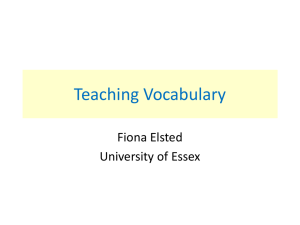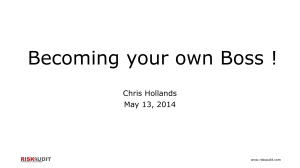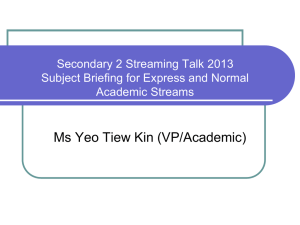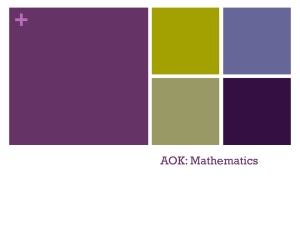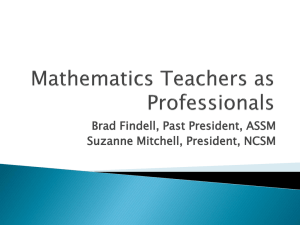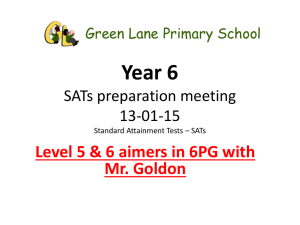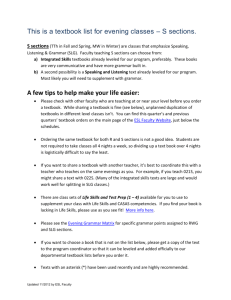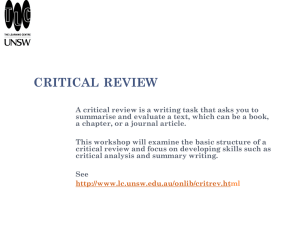e3l2functionalmathsprocessskills
advertisement
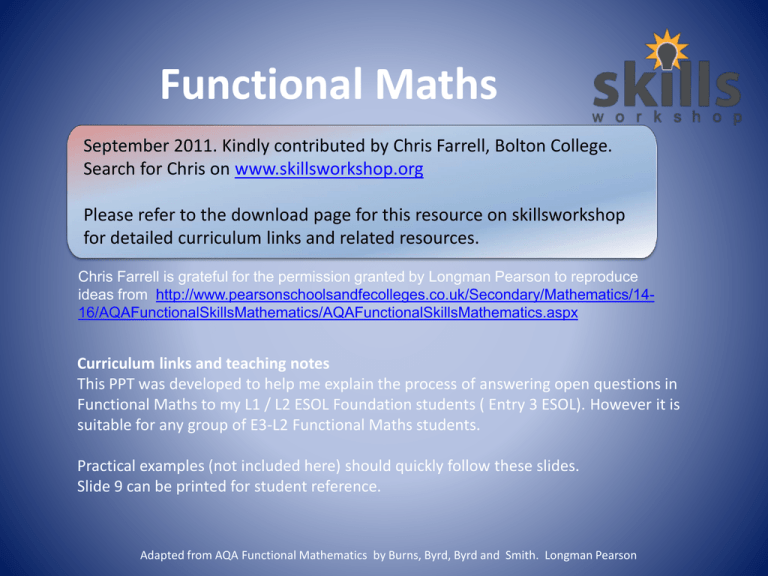
Functional Maths September 2011. Kindly contributed by Chris Farrell, Bolton College. Search for Chris on www.skillsworkshop.org Please refer to the download page for this resource on skillsworkshop for detailed curriculum links and related resources. Chris Farrell is grateful for the permission granted by Longman Pearson to reproduce ideas from http://www.pearsonschoolsandfecolleges.co.uk/Secondary/Mathematics/1416/AQAFunctionalSkillsMathematics/AQAFunctionalSkillsMathematics.aspx Curriculum links and teaching notes This PPT was developed to help me explain the process of answering open questions in Functional Maths to my L1 / L2 ESOL Foundation students ( Entry 3 ESOL). However it is suitable for any group of E3-L2 Functional Maths students. Practical examples (not included here) should quickly follow these slides. Slide 9 can be printed for student reference. Adapted from AQA Functional Mathematics by Burns, Byrd, Byrd and Smith. Longman Pearson Chris Farrell September 2011 Adapted from AQA Functional Mathematics Longman Pearson http://www.pearsonschoolsandfecolleges.co.uk/Secondary/Mathematics/1416/AQAFunctionalSkillsMathematics/AQAFunctionalSkillsMathematics.aspx What is it? It’s about how we use maths in real life. We need to understand the information we have and know what to do with it. We have to think about the language around the calculations we need to do. To do this you need to learn the right skills. These are called Chris Farrell September 2011 Adapted from AQA Functional Mathematics Longman Pearson Process Skills 1. Representing Looking at a problem and working out what do. What information do you really need? How? You won’t need all of it to answer the question. What maths skills do you need to use? +, -, x, ÷ , % etc. In what order do you do them? What do you work out first? What do you do next ? Chris Farrell September 2011 Adapted from AQA Functional Mathematics Longman Pearson 2. Analysing This means doing what you said you would do in your plan. How? Do your work in the order you said you would do it. Do the calculations you said you would do. Check your calculations when you’ve finished each one. Say why you are using your calculations E.g. The cost of 2 bicycles at £ 95 each is £95 x 2 = £ 190. Check: Half of £190 is £95 (190 ÷ 2 = 95) Chris Farrell September 2011 Adapted from AQA Functional Mathematics Longman Pearson Interpreting 3. Writing about the calculations you have done and explaining your solution to the problem. How? Say what you worked out. Use words from the question and data sheet in your answer. Say what your conclusions are. I.e. write what you decide after thinking about what your answers mean. Chris Farrell September 2011 Adapted from AQA Functional Mathematics Longman Pearson Functional Maths needs you to explain what you’re doing, why you’re doing it and what your answers mean. Learn this acronym Decide what to do - what is your plan? Information - Find the information you need in the data sheet. Representing Calculate and Check - Show your working. Analysing Explain your answers – your conclusion. Interpreting Chris Farrell September 2011 Adapted from AQA Functional Mathematics Longman Pearson Check this out again on moodle And for your files 1 What information do you really need? What maths skills do you need to use? Do your work in the order you said you would do it. 2 Do the calculations you said you would do. Representing Analysing Check your calculations when you’ve finished each one. Explain your calculations In what order do you do them? Interpreting Say what your conclusions are. Say what you worked out. Use words from the Data sheet and question in your answer. 3 Chris Farrell September 2011 Adapted from AQA Functional Mathematics Longman Pearson

